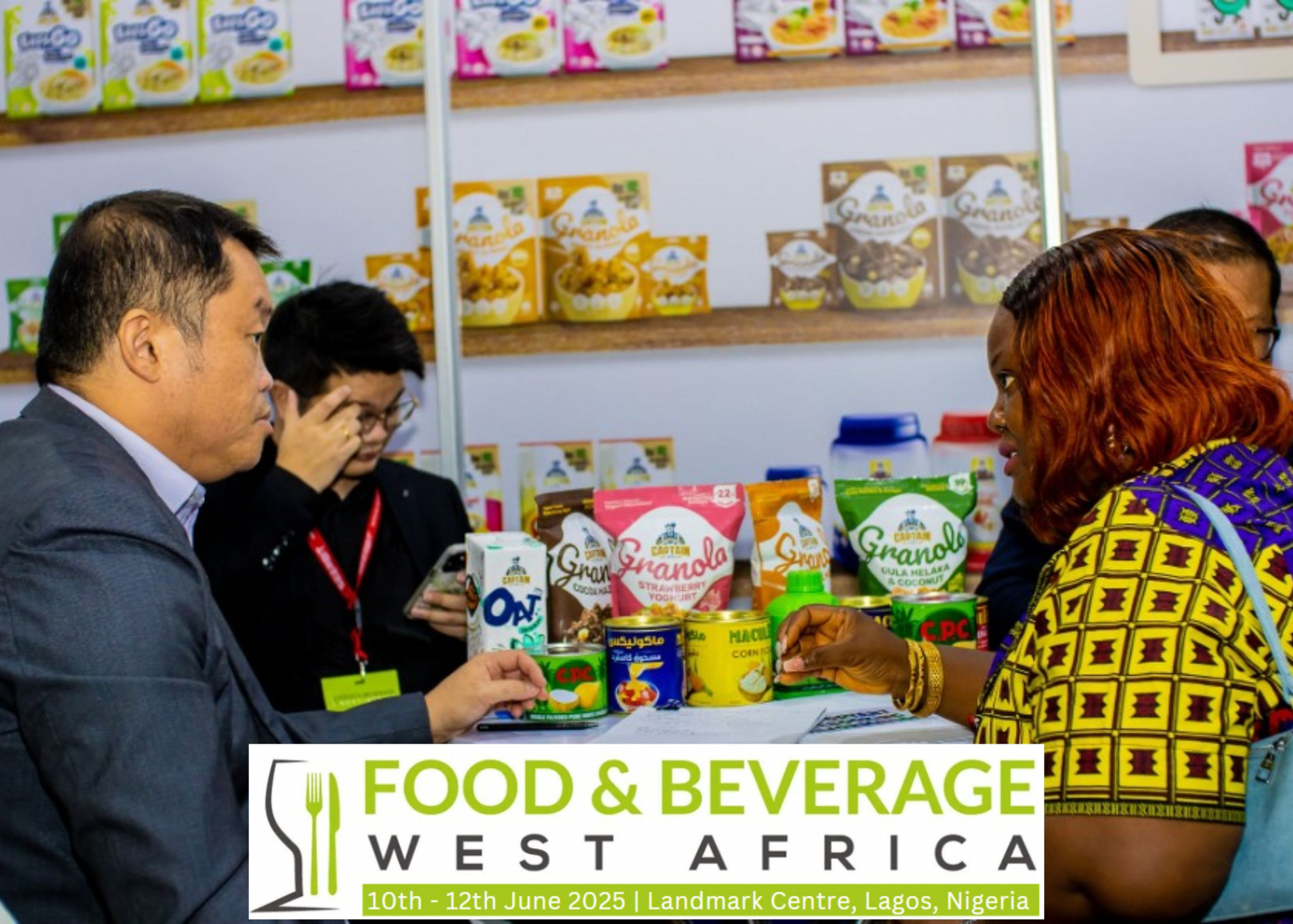It is a tough time for poultry farmers in Nigeria. The industry faces several challenges, chief among them being the high feed cost, high rate of diseases, lack of access to credit facilities, and poor-quality chicks.
These challenges have forced many poultry farmers to either shut down operations altogether or switch to other livestock production sectors.
The Poultry Farmers Association of Nigeria (PAN), an umbrella body that caters to the needs and welfare of poultry farmers in the country, recently raised the alarm in this regard, lamenting the closure of poultries, as many as over a hundred across the nation as a result of the challenges.Â
Our journalist visited one such poultry in the Lagos Badagry axis of Lagos State, Nigeria, to ascertain the true picture of the situation.
From poultry farm to fish, farmer had to adapt to survive
It was surprising to see that the business, which had been successfully operational for almost a decade, had eventually given up on poultry production and was transitioning to fish farming with the construction of ponds ongoing at the time of visit.
The poultry, which used to be a beehive of activities, with distributors and customers coming from far and wide, looked a shell of its former self. Cages were empty of birds, with feeding troughs and empty egg crates lying fallow and disused.

The facility manager, Samson, attempted to help the journalist make sense of the situation. He highlighted some issues, including those mentioned at the beginning of this article.
He mentioned the high cost of procuring infant birds, or âday-old-chicksâ, and the ever-increasing expenses associated with exorbitant prices for livestock feeds, as clear and present dangers running many burgeoning as well as established poultry farms out of business.
“At the time, we bought day-old (chicks) at the price of â¦30. Cockerel then went for â¦10, depending on the (species) of the birds. Now, you will get a day-old chick for the price of â¦500, or even more than that. So, you can see that the costs are very different from before,” Samson said.
Speaking further, he made a comparative analysis of current market prices of poultry inputs, with former prices of about eight years ago, or 2015 specifically, when he delved fully into poultry farming from school.
âIâm talking about eight years ago. I remember then that a full chicken was â¦700. A full chicken wonât cost less than â¦7,000 to â¦8,000 And that is when we are not in the festive season. When itâs festive season, like Christmas and others, a full chicken would cost an average of â¦10,000 to â¦12,000,” he explained.
Samson said that only layer birds cost relatively cheaper, for maybe â¦4,000 to â¦5,000, but it was also about â¦500 before. Additionally, a crate of eggs was sold for about â¦500 to â¦800.
“Now, the same egg crate from the farm is â¦2,500 to â¦3,000. So, before the distributor gets them across to the customers, you can expect much higher prices for the produce then,” he lamented.
Supporting Samson’s claims, market research reveals that a carton of day-old broiler chicks is between â¦25,000 and â¦29,000 depending on hatchery, a carton consists of 50 birds. We found that most hatcheries even sell individual chicks for above â¦500.
Furthermore, he bemoaned the epileptic nature of power supply as a major obstacle to efficient services in the sector. This, he said, led to increased overhead costs.
With many poultry farmers unable to cope cost of fuel amid the epileptic power supply, they turned to innovative ways to solve the problem. Samson said one such way was using charcoal, in the absence of electric light (bulbs), to provide heat on cold nights to the farm birds.Â

However, he remarked that even this alternatives were not impervious to the escalating costs of poultry input prices, as the commodities also witnessed price increases.
“Charcoal is now expensive as well. We use charcoal to generate heat for the birds, so they are not affected by the weather, especially when itâs cold. Charcoal used to be sold for next to nothing back then, but now itâs something else,” the poultry farmer said. “For instance, if youâre doing a hundred birds, you would need, on average, â¦100 charcoal per day. Back then, this amount would have taken care of the heating for a month or so, which can only now suffice for a day. Still, it is better or cheaper than (the costs associated with) electricity. Donât forget that there is always supply failure.”
Poultry farming is still lucrative… but don’t do it
Nonetheless, Samson maintains that poultry farming is still lucrative, especially with the right knowledge, and if production expenses can be surmounted. He gave many insightful tips and advice on the way to go when it is a desired business activity for young farmers.
“First of all, that person has to gain knowledge in the business if they aim to succeed. In poultry farming, you are likely to encounter mortalities, especially with Broilers; they need care, otherwise you will suffer losses. This is why knowledge is essential,” he advised.
He mentioned an example of bird excrement being green or a different colour from what it used to be. “Then the knowledge one has would help to determine immediately what the problem is and the solutions involved. You surely donât want a situation where they start dying after four months of rearing and almost time to sell, and you have no clue,” he aid.
Thus, it is imperative to know the science behind the project. Also, he clarified that would-be poultry farmers have to bear in mind that losses can occur.
“You can put your money into poultry farming, especially in purchasing birds, and lose almost all if not everything. Itâs like a 50-50 thing,” Samson said. “However, this is not to say or suggest that it is not profitable. On the contrary, poultry farming is very lucrative, but one should be mindful that the gains may not be immediately seen, which is why the knowledge is important.”

He also talked about the different types of poultry farming businesses like focusing on broilers or layers only.
“The advantage of layers is that they are less prone to diseases like broilers,” he said. “Layers also produce eggs, which are excellent income sources aside from meat, as they are now costlier.”
However, he explained that broilers can be ready for sale as meat after three to four months, while layers can take up to five to six months before laying eggs. “So, the duration involved in making profit differs from bird to bird species, which is a factor that farmers need to consider when calculating the cost of doing business,” he added.
In terms of species for profitability, Samsin said he would go for breeding layers because broilers are expensive. The issues with raising broilers are complicated compared to layers and don’t need extra-special care and attention, he further said.
Medication is another vital aspect of poultry farming, Samson said. There are different types of drugs to administer to the birds. These ranges from vitamins to boost their appetite in the early stage and others to fight diseases.
The irony of receiving advice on running a profitable poultry from a farmer whose business did not survive the adverse situation of the country, was not lost on the journalist, who pointed it out to him.Â
Samson explained that the company had not shut down but switched focus to fish farming instead. He argued that it was a more lucrative venture, considering the times. So, the company was still in the livestock business.
He even encouraged other farmers to switch to alternative sub-sectors within the livestock industry where better gains could be made especially where resources were minimal.Â
“Iâd say snail farming is very lucrative. It is very lucrative because the cost of feeding is meager. Unlike poultry farming where feed is expensive, that of snails is easy because they eat wastes, like cast-offs from fruits like watermelon, pineapple,” he advised.
Samson’s realities are not unique and it is the same story among his colleagues. With the importance of eggs to Nigerian’s diet, citizens might be headed for a truly difficult time if something is not done quickly to save the industry.




G